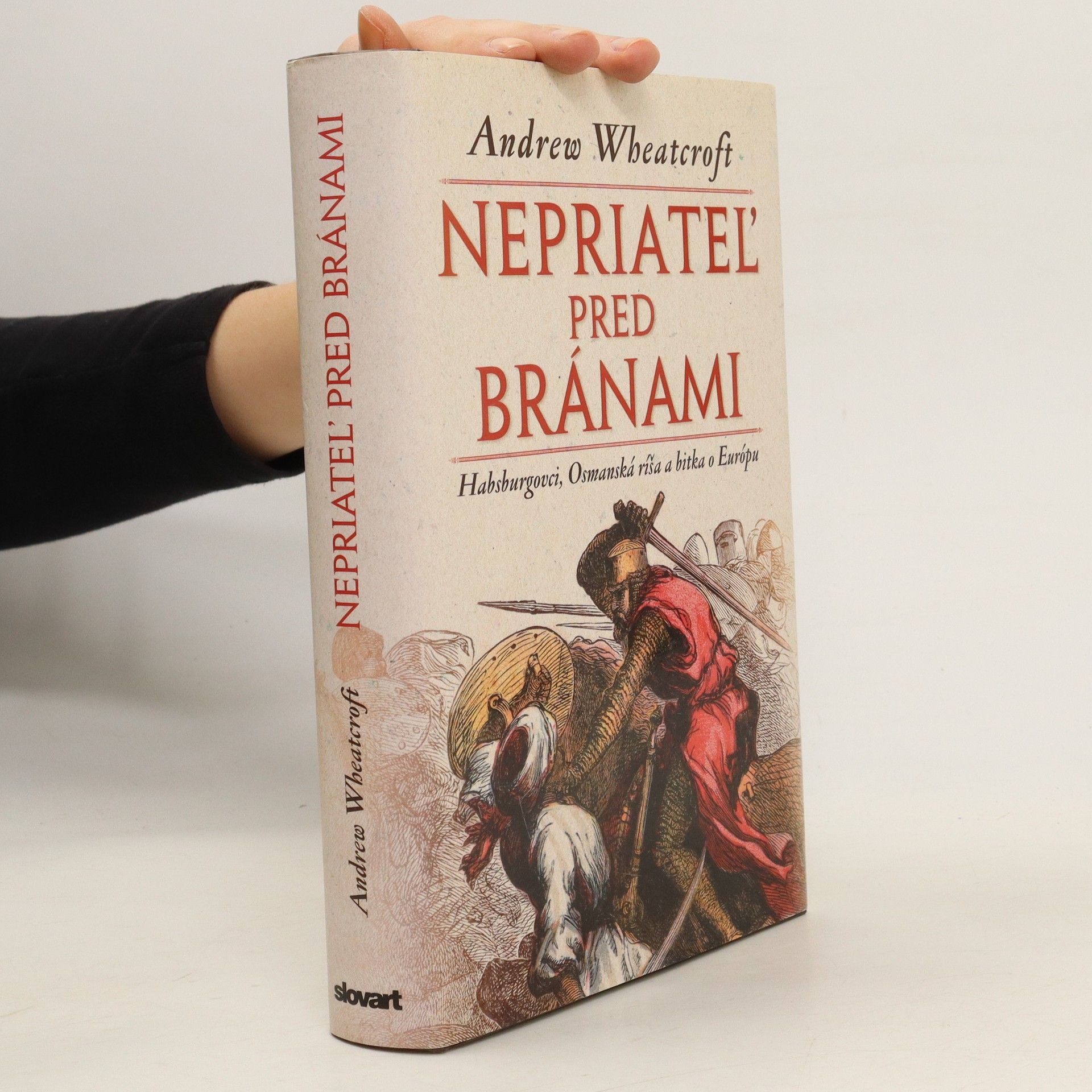Hansel and Gretel is part of the Ladybird Favourite Tales, which are the timeless treasured stories that generations of children have grown up with and loved. These easy-to-read retellings, enhanced by exciting, richly colourful illustrations, faithfully capture all the magic of the original stories.
Andrew Wheatcroft Books
Andrew Wheatcroft is an accomplished historian whose extensive research into the dynamics of historical conflict and cultural exchange has yielded profound insights. His work delves into the intricate relationships between societies, exploring themes of identity, religion, and power across vast empires and challenging historical narratives with meticulous detail and a compelling narrative style. Wheatcroft's dedication to uncovering the long-term consequences of historical events offers readers a unique perspective on the forces that have shaped our world.

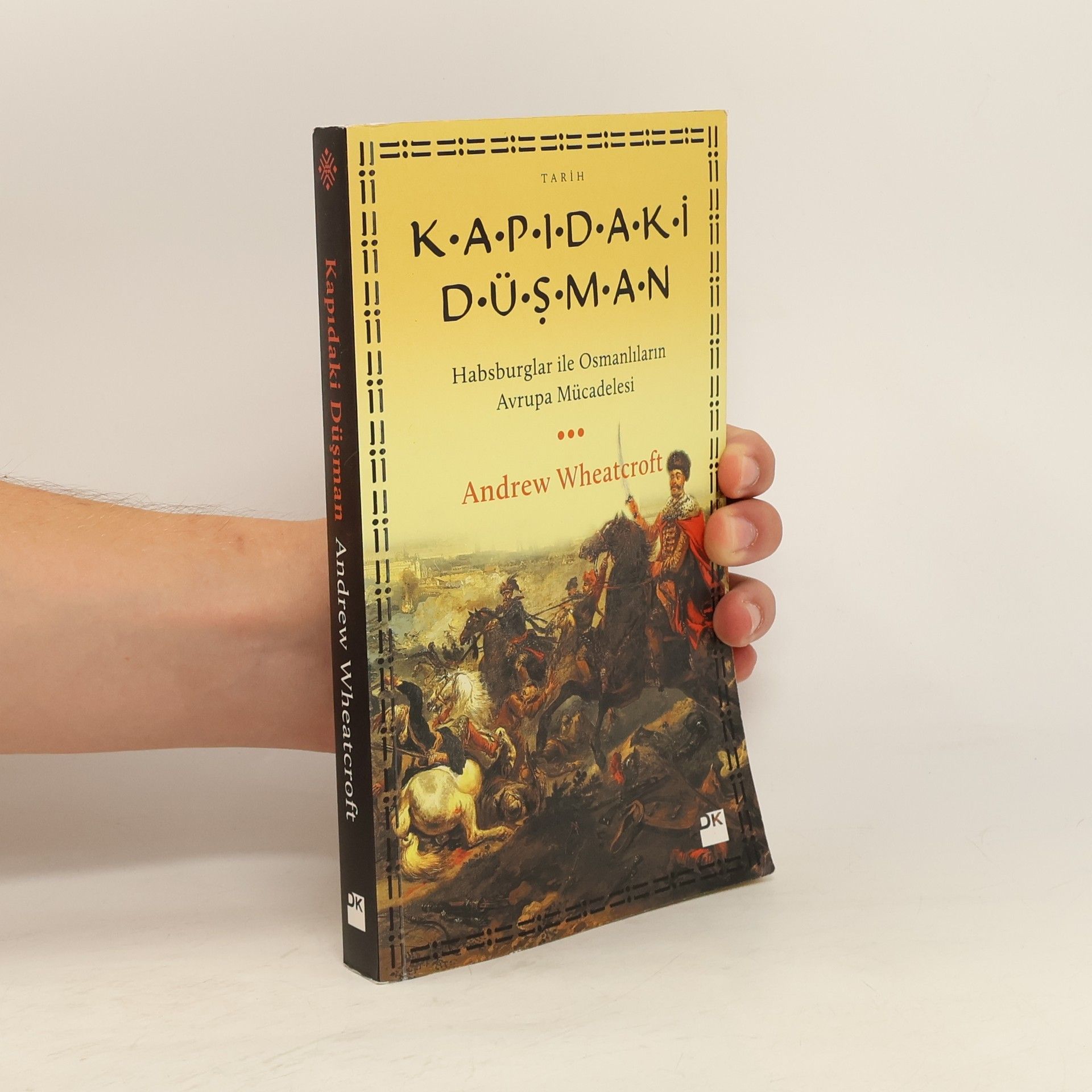
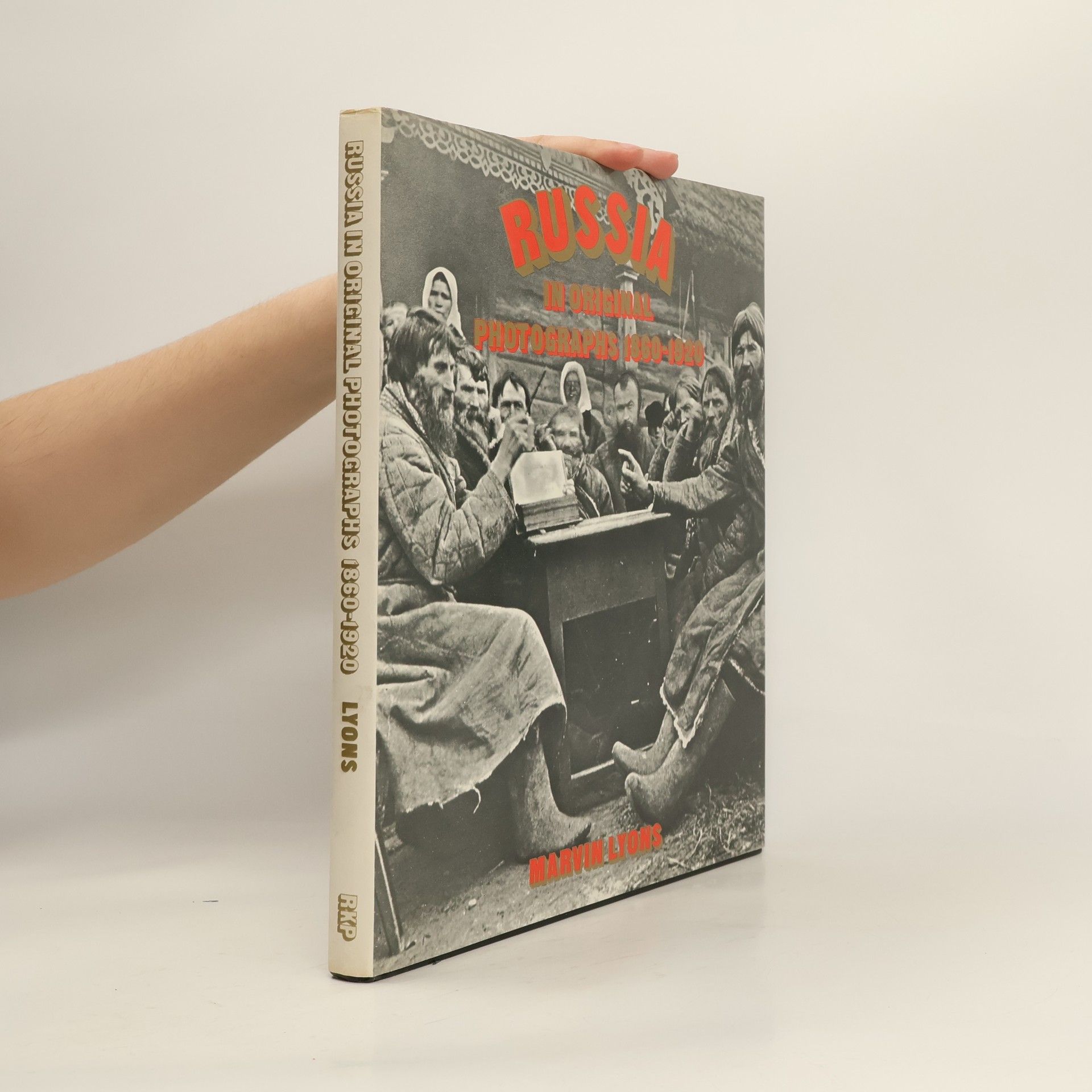

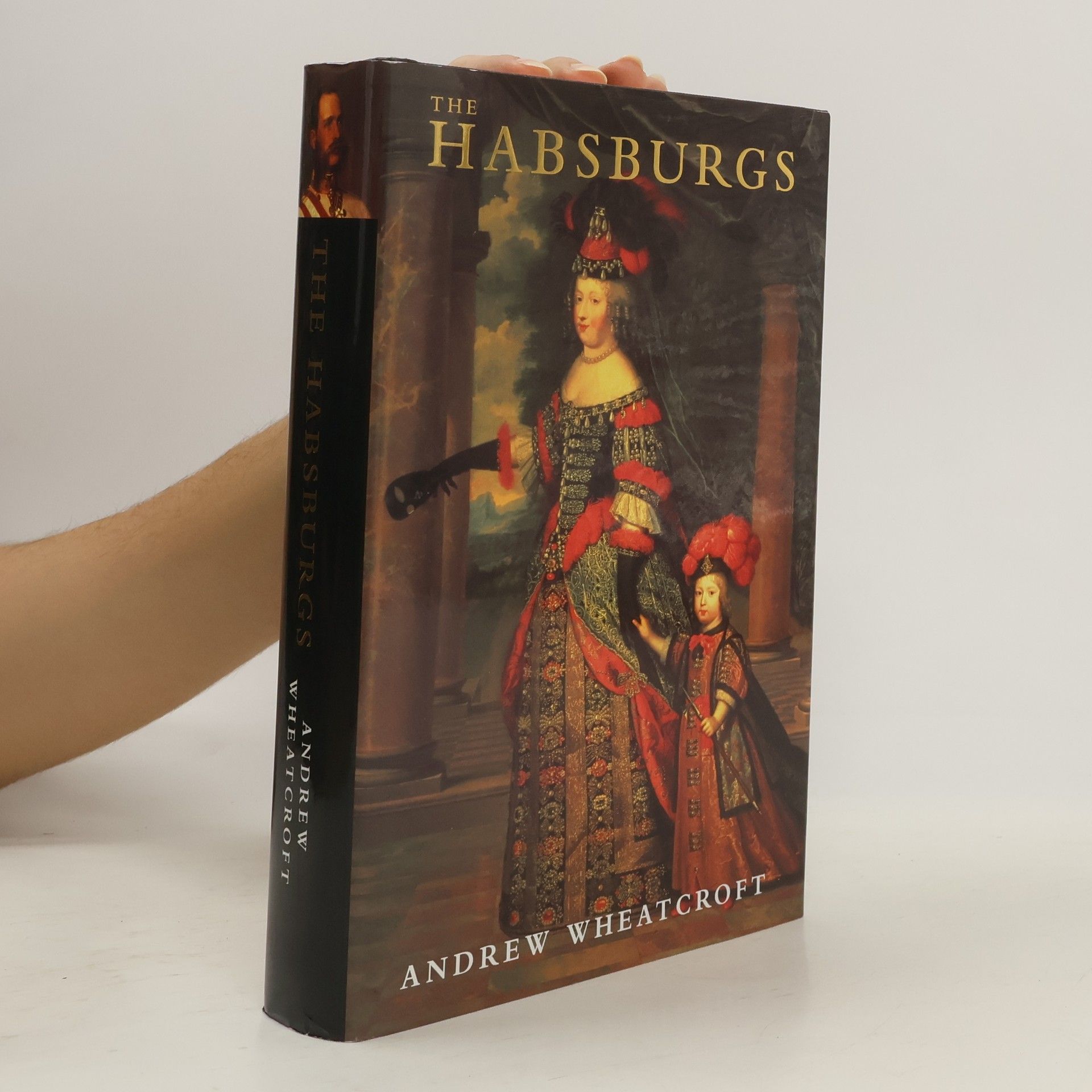
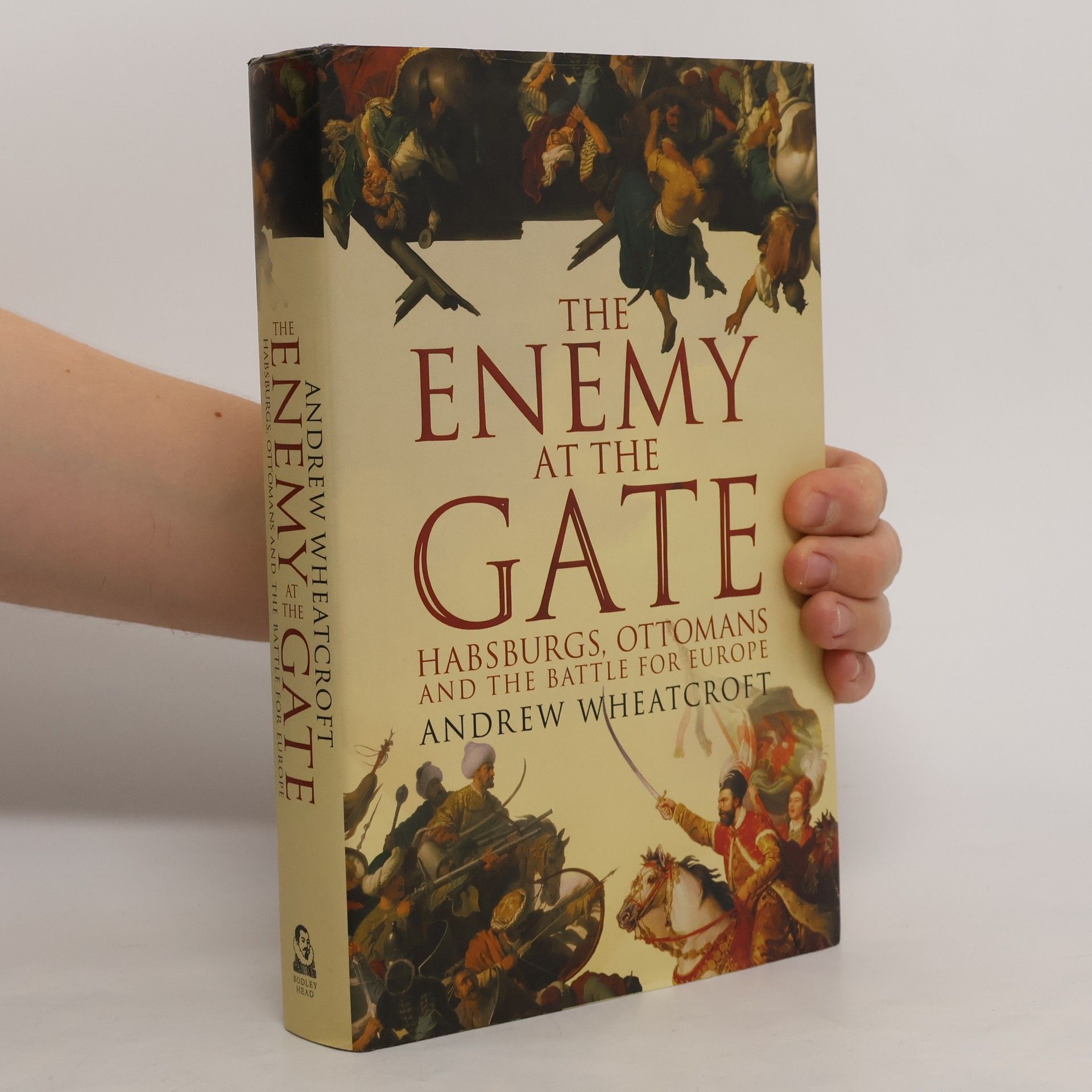
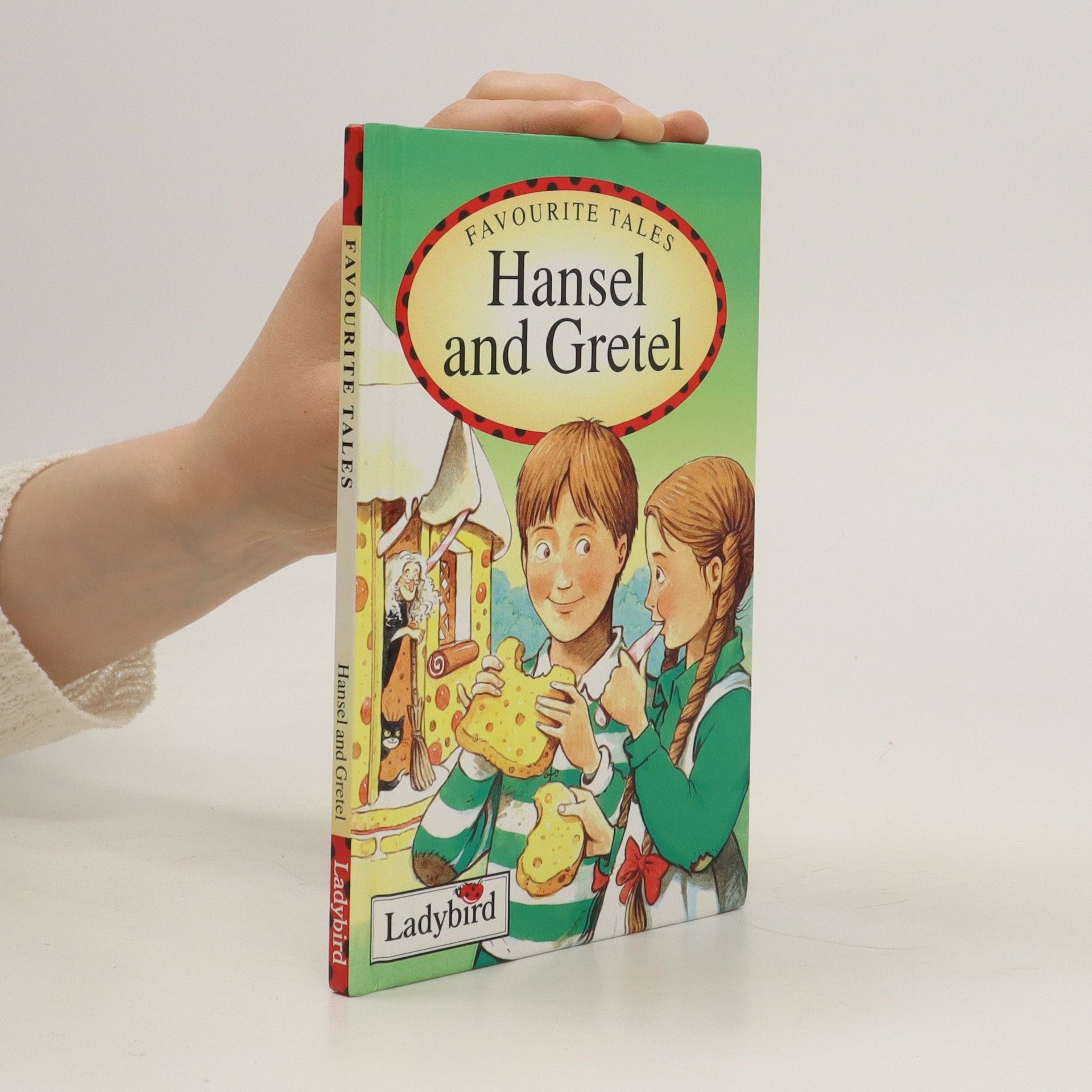
The Enemy at the Gate
- 384 pages
- 14 hours of reading
Major historian Andrew Wheatcroft reveals the full story behind four centuries of Ottoman incursions into the heartlands of Europe.In 1683, two empires — the Ottoman, based in Constantinople, and the Habsburg dynasty in Vienna — came face to face in the culmination of a 250-year-old struggle for power at the Great Siege of Vienna. Within the city walls, the choice of resistance over surrender to the largest army ever assembled by the Turks created an all-or-nothing scenario: every last survivor would be enslaved or ruthlessly slaughtered. Although it was their most famous attack, the 1683 siege was the historical culmination of the Turks’ sustained attempt to march westwards and finally obtain the city they had long called “The Golden Apple.” Their defeat was to mark the beginning of the decline of the Ottoman Empire.With Turkey now seeking to re-orient itself towards the West and with a new generation of politicians exploiting the residual tensions between East and West, The Enemy at the Gate provides a timely and masterful account of this most complex and epic of conflicts.
The Habsburgs
- 416 pages
- 15 hours of reading
A history of the royal house of Habsburg, from the Middle Ages to the twentieth century, looking at the rulers as individuals and as a group, explaining how and why the Habsburgs have survived and what their expectations are for the future
The World Atlas of Revolutions
- 208 pages
- 8 hours of reading
Overzicht van revoluties die over de hele wereld hebben plaatsgevonden sedert het midden van de 18e eeuw.
Russia in Original Photographs 1860-1920
- 212 pages
- 8 hours of reading
The Czarist era through the revolution and civil war. Many portraits, fashion photos, scenes of everyday life from all areas of Russia as well as the Imperial family and the upper class. 212 pages; 199 b&w photographs; 9.5 x 11.5 inches.
Habsburglar ile Osmanlıların Avrupa mücaledesi... 1683’te Osmanlı İmparatorluğu ile Habsburg hanedanı 250 yıllık bir iktidar mücadelesinin doruk noktası olan Büyük Viyana Kuşatması’nda karşı karşıya geldi. İki taraf da ezeli düşmanlarına duydukları nefretle beslenen bir kararlılıkla ve Tanrı’nın izniyle zafer kazanacağından emindi. Viyana önlerinde Osmanlıların yenilgisiyle sonuçlanan, kıran kırana, müthiş bir mücadele yaşandı. Andrew Wheatcroft, Kapıdaki Düşman’da Birinci Dünya Savaşı’nın sonunda tarihe karışacak bu iki imparatorluğun yüzyıllar boyu süren mücadelesini, Doğu Avrupa topraklarında, özellikle II. Viyana Kuşatması’nda doruğa ulaşacak kanlı çarpışmaları ustalıkla anlatıyor. Yazar, müthiş bir askeri tarih örneği sunmanın yanı sıra, bu süreçte oluşan Türk imgesini, bu imgenin siyasi koşullar altında dönüşümünü ve günümüzde Batılı siyasetçilere malzeme oluşturmayı sürdürmesinin izlerini inceliyor.
Eine Weihnachtsgeschichte
- 64 pages
- 3 hours of reading
Scrooge, der weder Mitleid noch Zuneigung für seine Mitmenschen empfindet und nur sein Geld liebt, verkörpert all das, was Dickens an der Gesellschaft seiner Zeit hasste. Die Geister sind der Gegenpol zu Scrooges Egoismus – die Verkörperungen des »Geistes des Weihnachtsfestes«, nämlich Liebe, Freude und Mitleid. Dickens schrieb Eine Weihnachtsgeschichte 1843, um seine Zeitgenossen auf die Lebensbedingungen der ärmeren Bevölkerung aufmerksam zu machen. Parallel zur Geschichte informieren zahlreiche Abbildungen, Illustrationen und kurze Texte darüber, wie die Menschen damals gekleidet waren, was sie aßen und welche Gewohnheiten sie hatten. Unter Beibehaltung von Stil und Atmosphäre wurde der Text gekürzt und sprachlich vereinfacht, so dass Kinder ab zehn Jahren ihn gut verstehen können.
Nevěřící: Střety křesťanstva s islámem v letech 638-2002
- 470 pages
- 17 hours of reading
Podtitul: Střety křesťanstva s islámem v letech 638–2002 Zkáza tureckého loďstva v bitvě u Lepanta 1571 předznamenala úpadek a pád Osmanské říše. Ze všech významných okamžiků vzájemných kontaktů a střetů mezi muslimy a křesťany si Andrew Wheatcroft vybral právě toto námořní střetnutí jako počáteční bod, od něhož odvíjí dlouhý řetězec vyprávění a úvah o vývoji vztahů mezi oběma světy. Je to příběh, táhnoucí se přes třináct století, a jeho jevištěm je obrovské území. Materiály pro zkoumání povahy vztahů mezi muslimy a křesťany hledá autor především ve Středomoří, ale i v Británii, Rusku, Spojených státech a v dalších zemích. Invaze vojsk islámu do byzantských držav v Levantě, nádhera paláců Córdobského chalífátu a Granadského království, křižáci a vzpomínky na ně přetrvávající v podvědomí národů obou stran, vynález knihtisku a jeho vliv na rozvoj politické propagandy, krvavá povstání na Balkáně proti turecké nadvládě a přístup západních intelektuálů a politiků k „východní otázce“ – z takových a mnoha dalších témat autor spřádá mohutný proud ve snaze pokusit se pochopit, z čeho pramení současný stav vztahů mezi oběma kulturami. První vydání v českém jazyce.
Roku 1683 sa dve ríše, osmanská s hlavným mestom Carihrad a habsburská so svojím centrom vo Viedni, stretli tvárou v tvár pri veľkom obliehaní Viedne. Historikovi Andrewovi Wheatcroftovi sa podarilo načrtnúť vrcholný konflikt medzi moslimským východom a kresťanským západom, ktorý sa odohral vo Viedni roku 1683 a na obidvoch stranách si vyžiadal mimoriadne úsilie a veľa obetí. Nepriateľ pred bránami je historická práca, ktorej príbeh o obliehaní je napínavý ako majstrovsky napísaný Dumasov román.
Bible pro celou rodinu
- 320 pages
- 12 hours of reading


